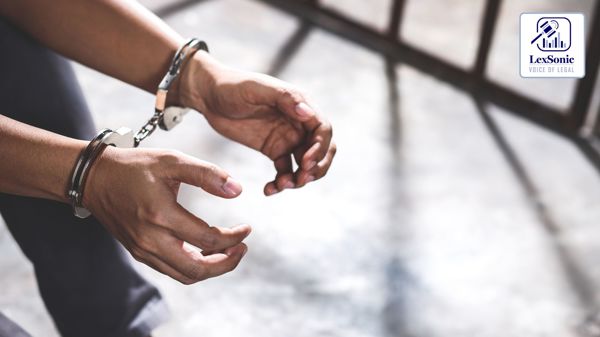Doubt Cast on Conviction: Chhattisgarh Dacoity Case Overturned.
14 February 2025
Criminal Appeals & Suspension of Sentence >> Criminal Law
In a significant ruling, the Supreme Court of India has overturned the conviction of Vinod Nasmulla in a 1993 dacoity case, citing critical flaws in the prosecution's evidence. The decision, which quashes judgments from both the trial court and the High Court of Chhattisgarh, highlights the importance of robust evidence and rigorous scrutiny in criminal proceedings.
The case stemmed from a robbery on a bus traveling to Raipur on September 28, 1993. Passengers were reportedly attacked and robbed by a group of armed men after the bus was forced to stop. Vinod Nasmulla was convicted under sections of the Indian Penal Code related to dacoity with an attempt to cause death or grievous injury, as well as under the Arms Act.

However, the Supreme Court's analysis revealed several key deficiencies in the prosecution's case. Notably, the court questioned the reliability of the sole dock identification of the accused by a police officer, PW-9. The court emphasized that the prosecution failed to examine crucial witnesses, including the bus driver and conductor, who had participated in a test identification parade (TIP) during the investigation.
"The evidence of identification merely corroborates and strengthens the oral testimony in court which alone is the primary and substantive evidence as to identity," the court stated, highlighting the importance of witness testimony in court. In this case, the absence of these witnesses rendered the TIP results practically useless.
Furthermore, the court raised serious doubts about the circumstances surrounding the appellant's arrest. The prosecution claimed that he was apprehended in the middle of the night by a lone police constable, PW-5, while carrying a loaded country-made pistol. However, the court found the account implausible, particularly given the lack of any evidence of resistance or injury during the arrest.
"Ordinarily, if a person is carrying a loaded weapon, he would use the same to evade arrest unless the person is completely outnumbered," the judgment pointed out. The court also noted inconsistencies in the seizure memo and the forensic examination of the recovered pistol, further undermining the prosecution's claims.
The Supreme Court emphasized the prosecution's failure to establish a clear link between the recovered weapon and the crime, as no looted articles were recovered from the appellant, and the pistol was not connected to any evidence found at the crime scene.
"In absence of any such corroborative evidence, it would be too naive on our part to accept the prosecution story regarding the manner in which the appellant is stated to have been arrested," the court concluded.
The judgment underscores the necessity of thorough investigation and the need for courts to critically evaluate evidence, particularly in cases where public pressure may influence investigations. The Supreme Court's decision to acquit Vinod Nasmulla reflects a commitment to upholding the principles of justice and ensuring that convictions are based on solid, credible evidence.
The appellant, who was on bail, has been released, and his bail bond has been discharged. This case serves as a reminder of the importance of due process and the right to a fair trial, where the burden of proof lies squarely with the prosecution.
